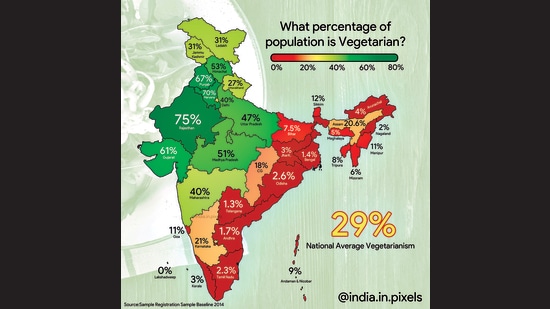(Originally posted on Jan 11, 2022 on the Drishti blog)
Last month, I hosted a webinar with Jim Little, vice president with Simpler Consulting, an IBM company; and Alex Bredemus, partner, Deloitte Consulting. The topic was How to Operationalize Data for Industry 4.0, and the insights that arose from that session were worth resharing here.
We hear a lot in the Industry 4.0 realm about manufacturing data. But thinking back to Frederick Taylor and the principles of scientific management, I’m struck by the thought that manufacturing has always had a lot of data. The problem has been that pen and paper, charts, whiteboards, etc. don’t scale. That’s why machine-created data from Industry 4.0 technologies is helpful — we’re producing a lot more data, and we’re simplifying the data collection process. But, there remains a huge void in this model: We don’t know what to do with the data we are generating, how to turn the data into business processes that drive change and impact, and, as part of this, who to share it with, or even what data needs to be collected, and what doesn’t.
In some industries like medical devices manufacturing, regulatory requirements exist that explicitly require companies to document and store specific kinds of data. But the data tends to exist in islands: different manufacturing applications are collecting various types of data, but the data is rarely contextualized. A lot of additional work is required to pull data from various systems to tell a bigger picture. Until the data is aggregated and contextualized — and the process to gather the data automated — it is nowhere near as useful to the organization as it could be.
That’s why this panel convened to discuss the current situation, and how “more” or “easier collected” data isn’t good enough. Manufacturers need to figure out how they can operationalize the data in order to make it worth the time, energy and expense to collect in the first place.
In this first blog, we’ll talk about the hurdles that companies face when trying to operationalize data today.
Gaps in the clearly understanding and defining the problem
There’s a scene in the movie Moneyball where Brad Pitt’s character asks his entire scouting team what the problem is. Each seasoned scout offers his opinion on the problem, a variation of the same response: “We have to replace three key players in our lineup.” Nope. “We need 38 home runs.” The real problem, as Brad puts it, is “There are rich teams, and there are poor teams, then there’s 50 feet of crap, and then there’s us. It’s an unfair game.”

It sounds basic, but the truth is that too often, manufacturing leaders aren’t stopping to define the business problem before surveying the solutions at hand. Being crystal clear on the problem before you jump into a solution mindset is critical to effectively solving the problem.
No firm grasp of core competencies before trying to move up the tech stack
Industry 4.0 has driven the need for all new skills and competencies. But the truth is that many of us in manufacturing aren’t trained for or have the basic core competencies down, and without that foundation, they won’t be able to set up the right systems and get the most of next generation technology.
Inability to picture a future that’s different from the present
As Jim Little, echoing what many prospects have commented to me, said on the webinar, “You only know what you know.” It can be daunting or even impossible to see the bigger picture if you aren’t aware of the possibilities that exist in the industry today. Beyond “this is how we’ve always done it,” without knowing that other, better solutions are in the marketplace, it’s impossible to dream bigger and understand what the future could look like. Sticking with the theme of baseball movies, I suppose it takes the ability to see what a baseball diamond in a cornfield in Iowa can truly be.
When the bigger vision is cloud, it’s important that leadership understand the “what” of technology — data, insights, analytics, etc., rather than the “how.” They need to focus on the value rather than the execution, to see the benefit to the business in deploying Industry 4.0 technologies, and to select the right partner. Industry 4.0 is very broad, and can be overwhelming to decision makers if they don’t understand the “so what.”
We’ll end this particular post with the challenges — if these resonate with you, you’ll have to read part two for tips on getting leadership on board with Industry 4.0 technology, as well as key indicators that you’re working in a data rich, information poor (DRIP) environment. Or you can bypass the waiting and watch the full webinar here.










